
The Devonshire wainscot is a species of moth of the family Noctuidae. It is found in southern Europe, North Africa, Turkey, Israel, Lebanon.

Lithostege griseata, the grey carpet, is a moth of the family Geometridae. The species was first described by Michael Denis and Ignaz Schiffermüller in 1775. It is found in most of Europe, from Great Britain and the Iberian Peninsula to the Ural Mountains and further east to central Asia and Transcaucasia, Asia Minor and the Near East.
Depressaria radiosquamella is a moth of the family Depressariidae. It is found on Corsica.

Stephensia cedronellae is a moth of the family Elachistidae. It is found on the Canary Islands.
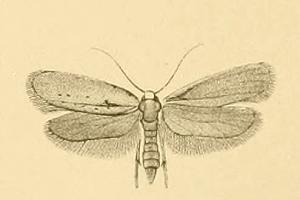
Yponomeuta gigas is a moth of the family Yponomeutidae. It is found on the Canary Islands.
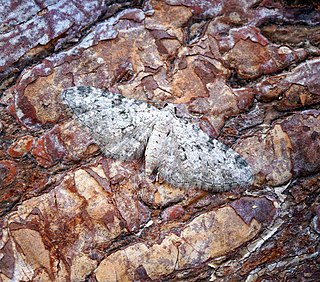
Eupithecia semigraphata is a moth in the family Geometridae. It is found from most of Europe to the Caucasus and Armenia. It is also present on the Canary Islands and North Africa.

Calliteara fortunata is a moth of the family Erebidae first described by Alois Friedrich Rogenhofer in 1891. It is found on the Canary Islands.

Zenodochium polyphagum is a moth in the family Blastobasidae. It is found on the Canary Islands.
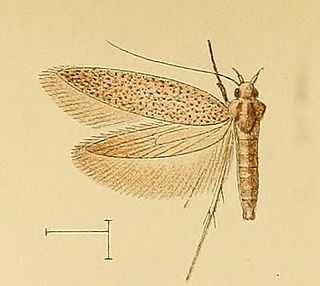
Epanastasis sophroniellus is a moth of the family Autostichidae. It is found on the Canary Islands.
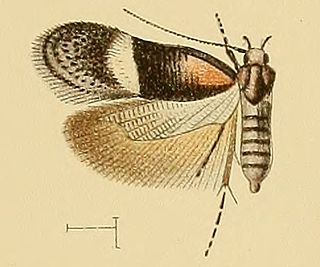
Syncopacma genistae is a moth of the family Gelechiidae. It is found on the Canary Islands.

Streyella canariensis is a moth of the family Gelechiidae. It is found on the Canary Islands.
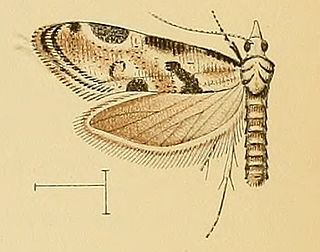
Aethes conversana is a moth of the family Tortricidae. It was described by Walsingham in 1907. It is found on the Canary Islands, and in Spain and Iran.

Bucculatrix canariensis is a moth species of the family Bucculatricidae and was first described by Thomas de Grey, 6th Baron Walsingham in 1908. It is found on the Canary Islands.

Apatema coarctella is a moth of the family Autostichidae. It is found on the Canary Islands and Madeira.
Epanastasis eupracta is a moth of the family Autostichidae. It is found on the Canary Islands.
Epanastasis excellens is a moth of the family Autostichidae. It is found on the Canary Islands.

Chionodes fumatella, the downland groundling, is a moth of the family Gelechiidae. It is found in almost all of Europe. Outside of Europe, it is found in Turkey, the Caucasus, Mongolia and from Siberia to the Russian Far East.
Dactylotula altithermella is a species of moth of the family Gelechiidae. It is found in Spain, France, Austria, the Czech Republic and Hungary. The wingspan is 10–12 mm. The forewings are white, sprinkled with slaty bluish grey scales. The hindwings are bluish grey.
Rhodobates canariensis is a species of moth of the family Tineidae. It was described by Petersen and Gaedike in 1979. It is found on the Canary Islands.

Epanastasis is a moth genus in the family Autostichidae.













